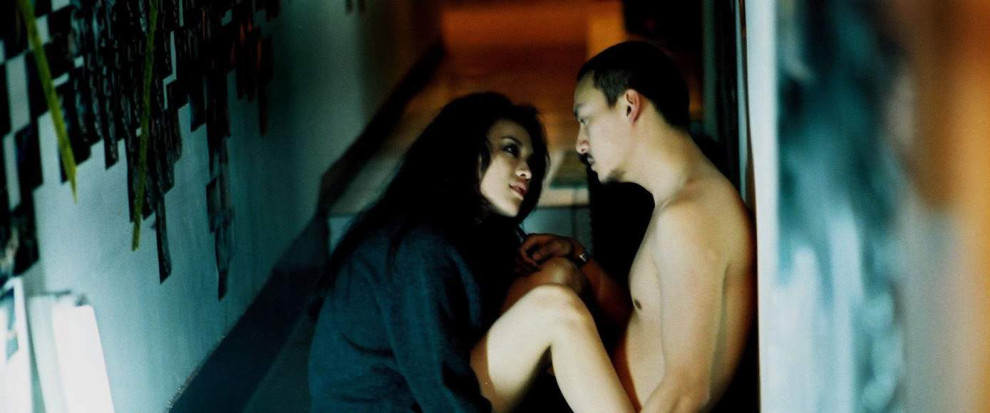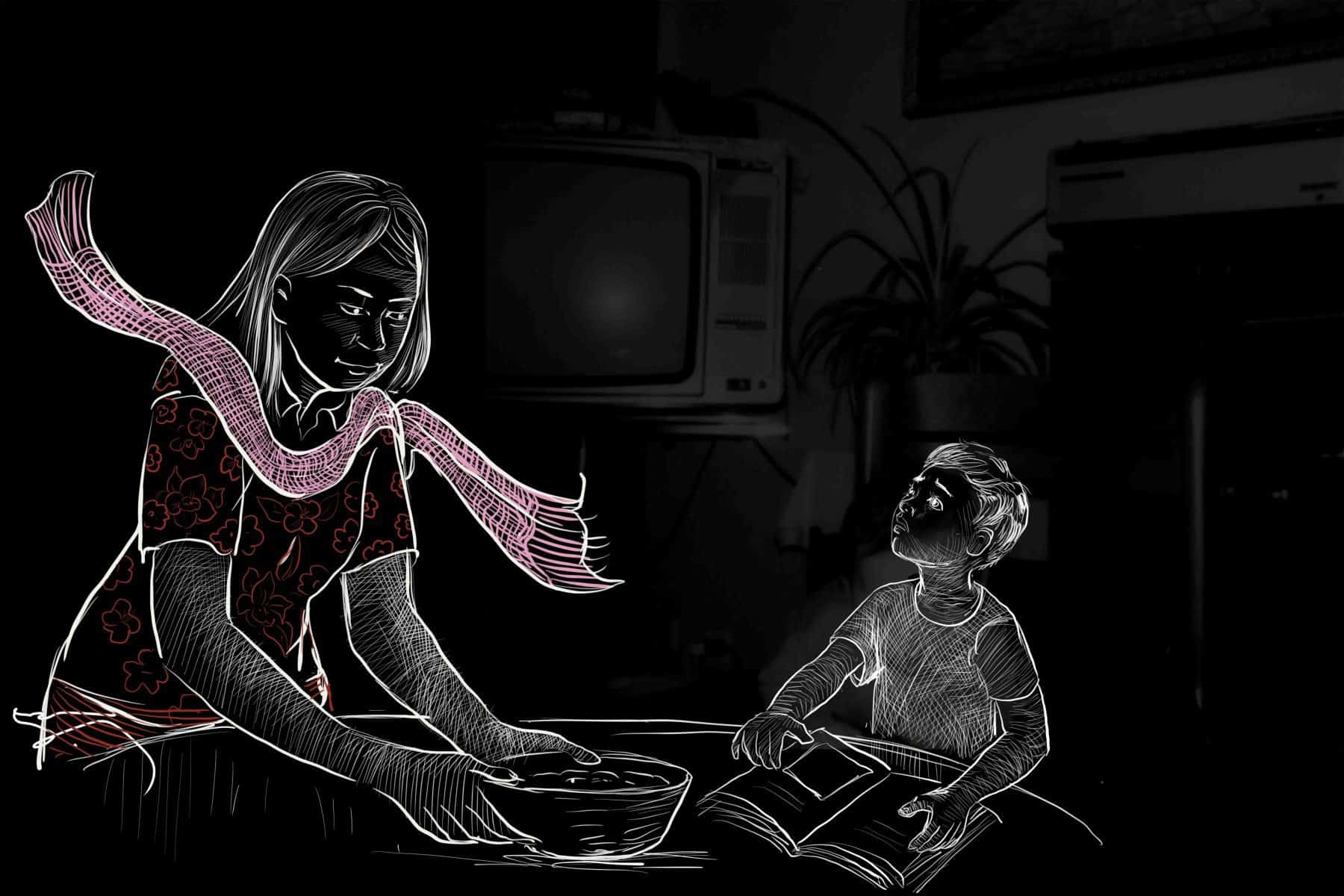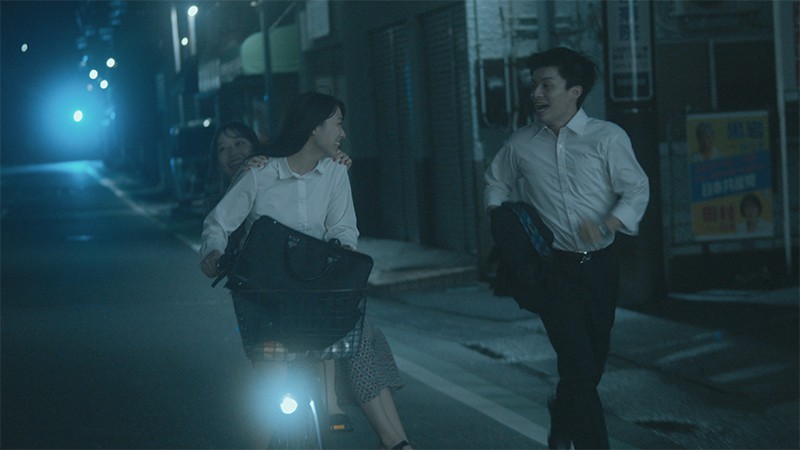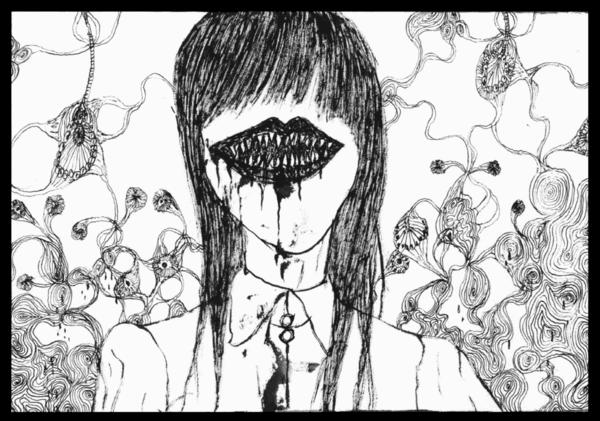By Lai Kun-Yu
If love is an eternal emotion, what would change in the feeling after time goes by? In the movie “Three Times”, director Hou Hsiao-hsien uses three different relationships in different times to show his thoughts about love.
Buy This Title
There are three chapters in this film. The First one is “A Time For Love”, a love story occuring in 1966. The male lead character, played by Chang Chen, accidentally meets the lead actress before he gets into the military. However, when he gets back again, he finds out she is already gone. So, he starts his long journey to find her.
As for “A Time For Freedom”, it is a harsh love story in 1911. Taiwan was occupied by the Japanese government at the time, but many young intellectuals wanted to be liberal. One of the intellectuals has a relationship with a prostitute in Dadaocheng, who loves him and wants him to set her free from the brothel. They both want freedom, but they can't attain the freedom they want from each other.
The third chapter “A Time For Youth” takes place in 2005, the era of cell phones. With a fast-pace living style and overloaded information in this society, the relationship becomes more complex and obscure. The main characters are also deeply involved in this kind of unclear feeling. This kind of ambiguity makes their heart suffer, but brings painful joy at the same time. And this is the director's opinion about how the modern young couples think about their relationship.
These three stories seems to be irrelevant, but they are truly connected. What the audience can see from “A Time For Love”, is the true essence of this sentiment – pure happiness. And people would do anything to achieve happiness in a love relationship. But when it comes to “A Time For Freedom”, the main theme is the inequality of love between lovers. This kind of unfairness is caused by society, social status, and the most important of all – differences about ideals of love.
In the end, “A Time For Youth” is a mixture of two kinds of love that were mentioned before. All the audience can feel is the complexity of love during the film, because we all are the young couple who are lost and obsessed within multiple relationships. In other words, “A Time For Youth” is a portrait of modern society.
Shu Qi and Chang Chen play the main characters in all three stories. Through this concept, Hou Hsiao-hsen reveals not just different love stories in different eras, but, actually, the same couple in different time frames. Through the different circumstances they encounter, they develop various kinds of relationship.
Director Hou Hsiao-hsien is very good at showing his protagonists' true feeling without exaggerating emotion. It's not just a reflection of his thoughts about what the romance would feel like at each period, but also records different faces of amour; these are the reasons why this film is so charming. Viewers can find themselves in this movie, because they all have similar pain, intimate or heartbroken moments in a relationship. That's the beauty of love, the aesthetics of “Three Times”.


















